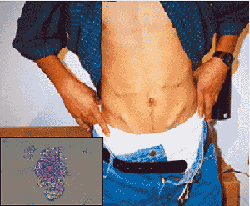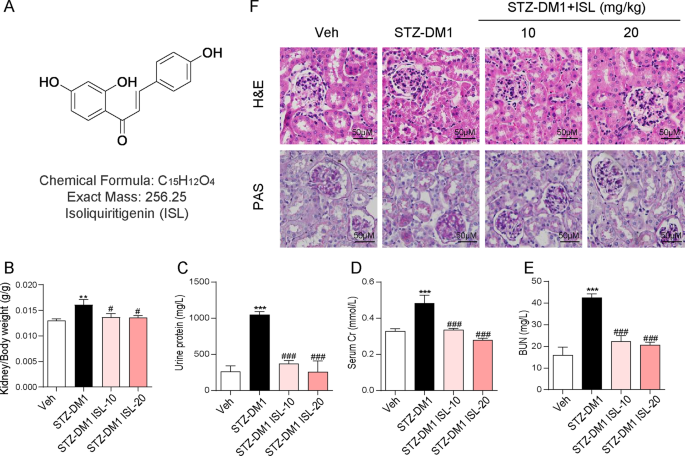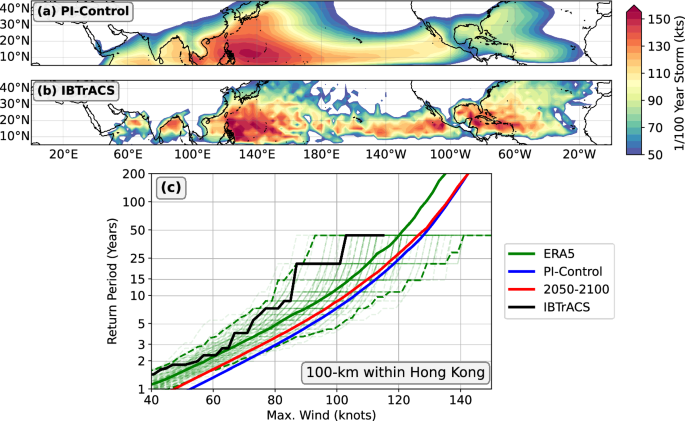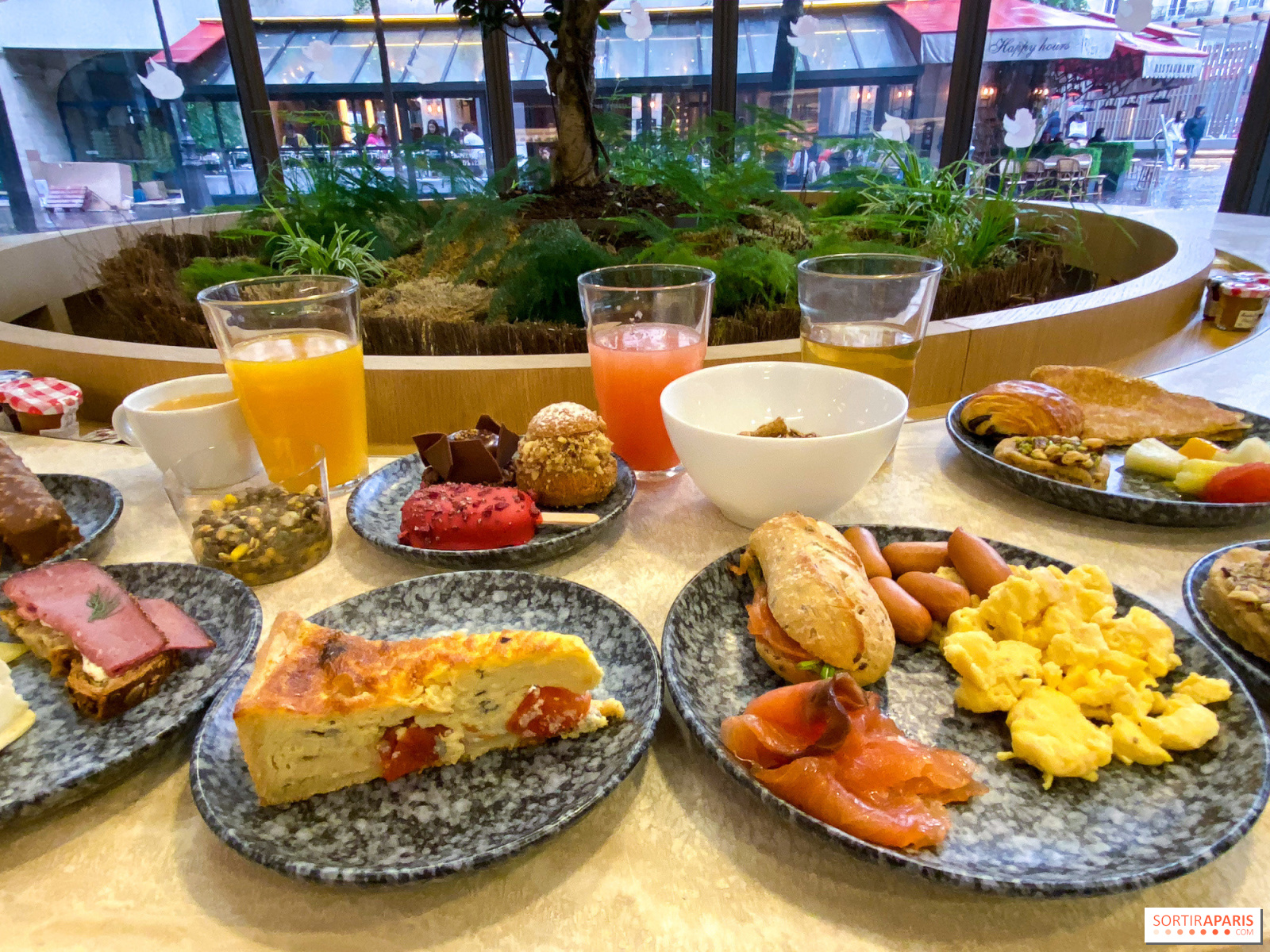
- Select a language for the TTS:
- UK English Female
- UK English Male
- US English Female
- US English Male
- Australian Female
- Australian Male
- Language selected: (auto detect) - EN
Play all audios:
Access through your institution Buy or subscribe The news that a team of researchers has 'cured' a patient with Type 1 diabetes using pig islet cells transplanted within a
prototype device has roused the diabetes, transplant and xenotransplantation communities. While all are united in the hope that the results are _bona fide_, the lack of hard data from the
study is generating intense skepticism. And the fact that the trial was carried out in Mexico, outside internationally recognized regulatory conditions, is also causing concern. At best, the
scientific community has expressed a guarded reaction to the potentially groundbreaking work. James Shapiro, Director of the Clinical Islet Transplant Program at the University of Alberta,
who pioneered the successful Edmonton Protocol—whereby donor human islet cells are transplanted into the liver—says of the work, “There are a lot of firsts. It's a leap of faith.” This
is a preview of subscription content, access via your institution ACCESS OPTIONS Access through your institution Subscribe to this journal Receive 12 print issues and online access $209.00
per year only $17.42 per issue Learn more Buy this article * Purchase on SpringerLink * Instant access to full article PDF Buy now Prices may be subject to local taxes which are calculated
during checkout ADDITIONAL ACCESS OPTIONS: * Log in * Learn about institutional subscriptions * Read our FAQs * Contact customer support AUTHOR INFORMATION AUTHORS AND AFFILIATIONS * London
Karen Birmingham Authors * Karen Birmingham View author publications You can also search for this author inPubMed Google Scholar RIGHTS AND PERMISSIONS Reprints and permissions ABOUT THIS
ARTICLE CITE THIS ARTICLE Birmingham, K. Skepticism surrounds diabetes xenograft experiment. _Nat Med_ 8, 1047 (2002). https://doi.org/10.1038/nm1002-1047 Download citation * Issue Date: 01
October 2002 * DOI: https://doi.org/10.1038/nm1002-1047 SHARE THIS ARTICLE Anyone you share the following link with will be able to read this content: Get shareable link Sorry, a shareable
link is not currently available for this article. Copy to clipboard Provided by the Springer Nature SharedIt content-sharing initiative







